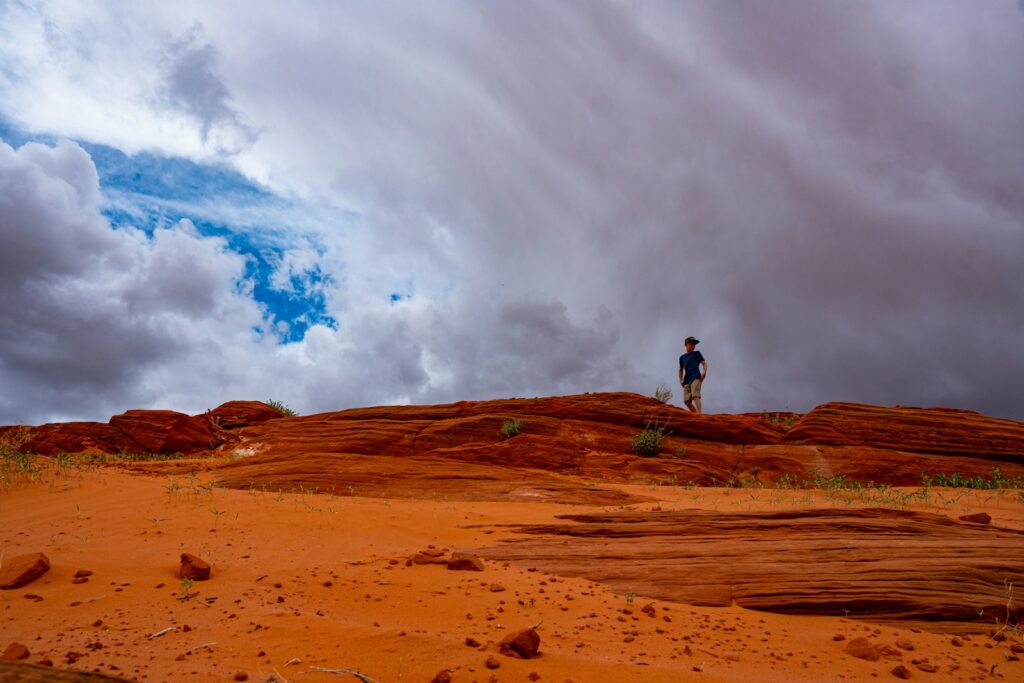Table of Contents:
- The Importance of Hurricane Naming
- A Brief History of Hurricane Naming
- The Criteria for Naming Hurricanes
- Cultural Significance of Names
- Why Some Hurricane Names Get Retired
- Implications for the Future
A Brief History of Hurricane Naming
Hurricane naming began in the early 20th century. Initially, storms were identified arbitrarily by meteorologists based on date, location, or other nonsystematic criteria. However, this led to clarity and communication. In response, the World Meteorological Organization (WMO) developed a standardized system in the mid-20th century to provide a more systematic approach to naming storms. This change came after a particularly confusing period where multiple storms were documented without a proper naming system, making communication and record-keeping extremely difficult.
Using a list of predetermined names that cycle every six years, the WMO aimed to create a system that would be universally accepted and understood. This list includes male and female names and has been periodically updated to reflect cultural shifts and technological advancements. The choice of names today is much more inclusive. It represents a wider range of cultures and linguistic backgrounds, resonating with a broader audience and ensuring global comprehension and reliability.
The Importance of Hurricane Naming
Understanding how hurricanes are named is crucial for effectively communicating these powerful weather events. Assigning names to hurricanes allows meteorologists, researchers, and the general public to discuss and track them more efficiently. This process helps clarify which storms are making landfall, their predicted paths, and their potential impact severity. This aspect is especially vital for regions prone to frequent storms, as it aids in quickly disseminating information and alerts to the populace, assisting in timely evacuations and preparations.
The standardized approach to naming hurricanes simplifies the dissemination of information. When a hurricane is named, it breaks down complex meteorological data into a simple, easily recognizable label that can be quickly communicated across various platforms, from news outlets to social media. Imagine the chaos during hurricane season without named storms; the confusion would be immense, especially with multiple storms occurring simultaneously in different regions. Thus, the naming system is integral to public safety and disaster management.
The Criteria for Naming Hurricanes
The WMO has stringent criteria for naming hurricanes to ensure the names are easy to remember, non-offensive, and culturally neutral. One of the primary considerations is that the names should be distinct to avoid confusion. This is particularly important when multiple storms are active simultaneously. For example, names like “Sandy” and “Sally” would not be used in the same year due to their similarities, which could lead to mix-ups in emergency communications.
Names are chosen well in advance and are rotated in a six-year cycle. If a storm is particularly devastating, its name is retired and replaced with a new one. This system helps maintain consistency and clarity in weather reporting. The retirements also ensure that the names of particularly catastrophic storms are preserved for historical accuracy and public awareness. This practice preserves the memory of significant events and honors those affected by these historic storms.
Cultural Significance of Names
The names assigned to hurricanes often carry cultural significance, reflecting historical contexts and societal values. For example, hurricanes may be named to honor important figures or to promote cultural diversity. These names can evoke specific cultural memories and associations, making the storms more relatable to the general public. For instance, the choice of names from different languages and cultures is intended to foster inclusivity and representation, emphasizing the global nature of meteorological phenomena.
In addition to their meteorological purpose, these names can have social implications, influencing public perception and response to the storms. This cultural layer adds another dimension to the scientific process of hurricane naming. Representation in names can also impact how seriously different populations take warnings, showing respect and inclusiveness towards all global citizens affected by these natural events. Furthermore, it broadened public engagement and awareness, fostering a sense of global unity and shared responsibility in combating the effects of severe weather.
Why Some Hurricane Names Get Retired
Certain hurricane names are retired if the storms they represent are deadly or costly. For instance, names like Katrina and Sandy have been retired due to their significant impacts. Retiring a name prevents confusion and ensures that these catastrophic events are remembered and learned from. These names’ emotional and historical weight means they are preserved in public memory, honoring those who suffered and ensuring that the event’s lessons are never forgotten.
Retiring names is a way to honor the victims and acknowledge the severity of these natural disasters. It also serves as a historical record, documenting the most impactful hurricanes and their consequences. This practice also helps meteorologists and society at large respect the intrinsic gravity of these events, avoiding the trivialization or repetition of names that have become synonymous with tragedy. By retiring names, the meteorological community acknowledges these storms’ profound impacts on human lives and infrastructure.
Implications for the Future
The process of naming hurricanes continues to evolve, with improvements aimed at better warning systems and public awareness initiatives. As climate change increases the frequency and intensity of storms, understanding the criteria and cultural impacts of hurricane naming becomes more crucial. The intersection of science and society in hurricane naming helps create a comprehensive approach to storm preparedness and management.
Using a standardized naming system allows for consistent tracking and communication, which is vital for preparing communities and minimizing the loss of life and property. Future enhancements in technology and meteorological science will likely further refine the process, making it even more effective in safeguarding populations. Developing more sophisticated forecasting models and real-time tracking systems will augment our capacity to predict and respond to hurricanes, potentially reducing their human and economic toll.
